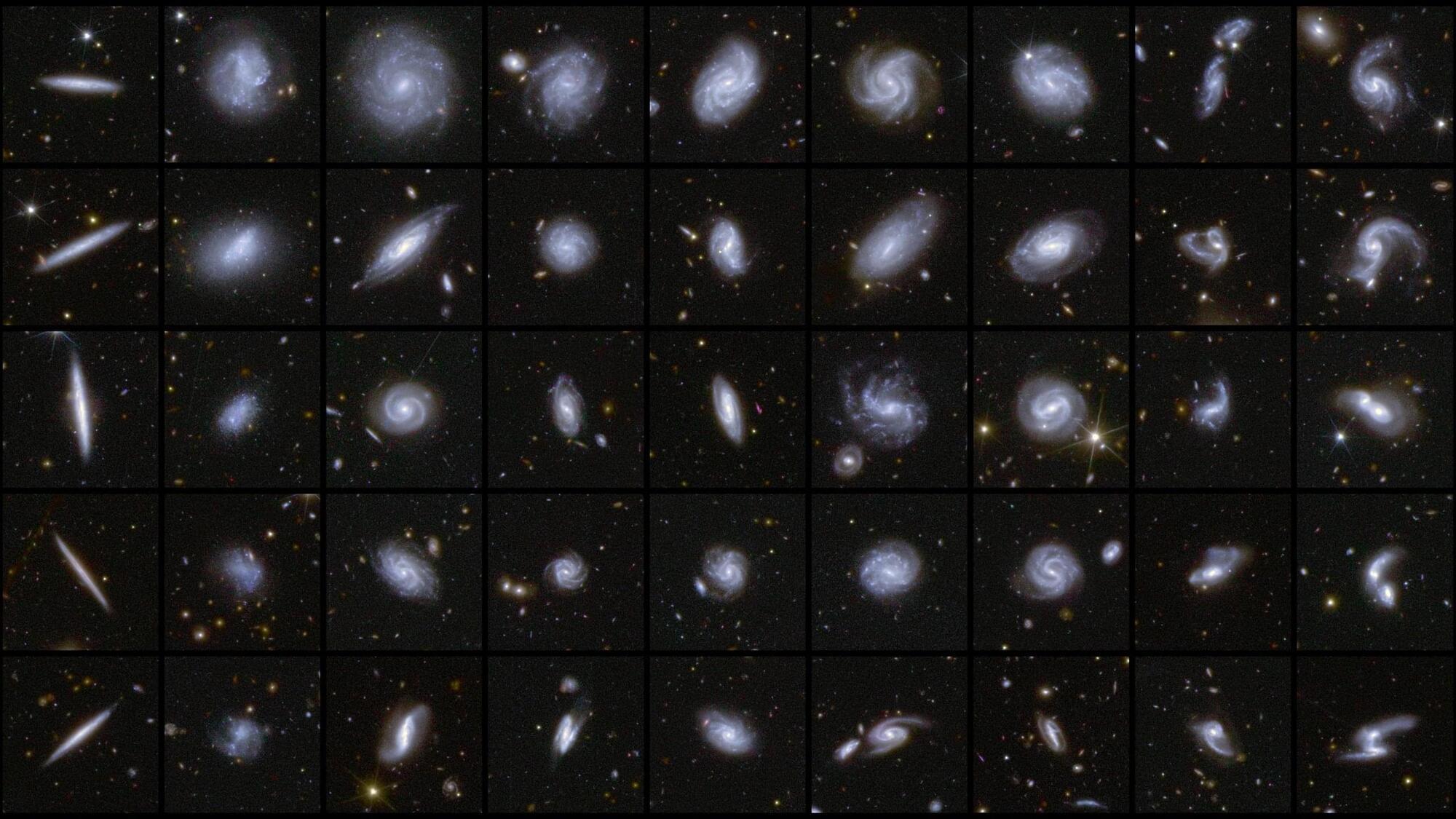Amazon has upgraded its AI video model, Nova Reel, with the ability to generate videos up to two minutes in length.
Nova Reel, announced in December 2024, was Amazon’s first foray into the generative video space. It competes with models from OpenAI, Google, and others in what’s fast becoming a crowded market.
The latest Nova Reel, Nova Reel 1.1, can generate “multi-shot” videos with “consistent style” across shots, explained AWS developer advocate Elizabeth Fuentes in a blog post. Users can provide a prompt up to 4,000 characters long to generate up to a two-minute video composed of six-second shots.






